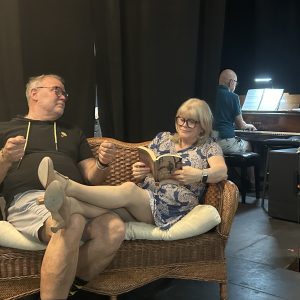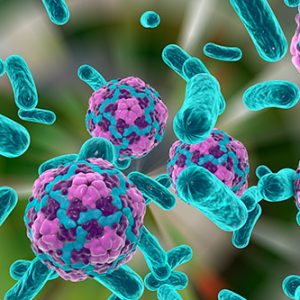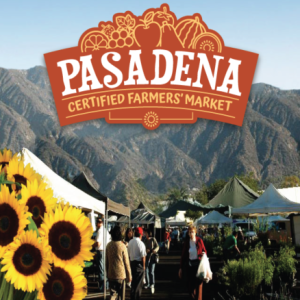 View Winners →
View Winners → Artificial Soccer Field Replacement Inflates Debate Over Tire Crumb Rubber

Arcadia Athletic Field. – Photo by Terry Miller
By Terry Miller
Arcadia has approved a $165,000 replacement soccer field due to the early demise of artificial turf on the pitch at city hall. On page three of a four page staff report: “Revolution 360 – $165,000 field turf would replace the existing synthetic turf with their elite monofilament called Revolution 360. The fiber features optimal durability and resilience manufactured by FieldTurf and does not contain any defective fiber from the old field … the contents are crumb rubber and sand infill.”
An optional add-on, which AYSO has agreed to fund includes, “Cool play infill made of synthetic cork composite over a bed of sand and crumb rubber – $35,000.”
Hundreds, if not thousands of these artificial fields are installed all over the world and yet recently the debate over some of the carcinogenic qualities of the ingredients used in the compound(s) have stirred up a considerable controversy, to which there is no clear-cut answer, yet.
Spearheading the challenge locally is Gail Marshall, former council woman, who is passionate about trying to save kids from getting cancer, as a result of what she believes is truly dangerous – soccer on artificial turf , some which is made with crumb rubber.
The US Environmental Protection Agency (EPA) said, “Concerns have been raised by the public about the safety of recycled tire crumb used in playing fields and playgrounds in the United States. Limited studies have not shown an elevated health risk from playing on fields with tire crumb, but the existing studies do not comprehensively evaluate the concerns about health risks from exposure to tire crumb.”
On Feb. 12, 2016 the EPA, the Centers for Disease Control and Prevention/Agency for Toxic Substances and Disease Registry (ATSDR), and the US Consumer Product Safety Commission (CPSC) launched a multi-agency action plan to study key environmental human health questions.
This coordinated “Federal Research Action Plan on Recycled Tire Crumb Used on Playing Fields and Playgrounds” includes outreach to key stakeholders, such as athletes and parents, and seeks to:
– Fill important data and knowledge gaps.
– Characterize constituents of recycled tire crumb.
– Identify ways in which people may be exposed to tire crumb, based on their activities on the fields.

– Photo by Terry Miller
The Federal Research Action Plan includes numerous studies. One of the main studies is gathering tire crumb samples from tire crumb manufacturing plants and from fields across the country. Researchers are evaluating the samples to characterize the chemical make-up of tire crumbs. An additional study will gather activity data from people who regularly perform activities on turf fields.
When doctors found Stage 2 Hodgkin’s lymphoma in the lungs of a young athlete, Emily Prince had a lot of questions.
The Vassar college biology major wanted to know why cancer would strike someone so young and healthy.
It was her golf coach in Poughkeepsie, N.Y., who mentioned the debate over synthetic turf and, in particular, the crumb rubber often used as infill on artificial fields, according to a February Los Angeles Times article.
But the list of potentially harmful elements that have been found in tires includes benzene, mercury, and arsenic, according to the EPA.
Some older types of synthetic turf have been found to contain relatively high levels of lead. In 2009, the California Attorney General’s office sued three manufacturers for violating state law by failing to provide “clear and reasonable warnings” about lead content in turf fibers and crumb rubber.
One study in 2015 by the US National Institutes of Health stated:
As a result of the ingestion exposure of crumb rubber material, the average lead exposure amount to the digestion extraction result among crumb rubber was calculated to be 1.56×10(-4) mg/kg-day for low grade elementary school students and 4.87×10(-5) mg/kg-day for middle and high school students in 250 micrometers or less particle size, and that to the acid extraction result was higher than the digestion extraction result. Results of digestion extraction and acid extraction showed that the hazard quotient was estimated by about over two times more in particle size of lower than 250 micrometers than in higher than 250 micrometers. There was a case of an elementary school student in which the hazard quotient exceeded 0.1.
“Conclusions: Results of this study confirm that the exposure of lead ingestion and risk level increases as the particle size of crumb rubber gets smaller.”
Environmental health advocates worry about a complex brew of chemicals, metals, and suspected carcinogens that may be found in crumb rubber. Marshall said research into this debate could take years but wants to be proactive locally and hopes the council will reconsider its decision. “Do we really want to play Russian Roulette with our kids’ lives on the soccer field,” Marshall concluded.
Sara Somogyi, director of Arcadia Recreation and Community Services, said “the CoolPlay system is a three-layer infill system composed of sand, synthetic cork composite, and crumb rubber. We are aware of the issues that have been brought up, but based on the available information on the topic we feel comfortable proceeding with our recommendation at this time.” The new field will begin construction in December.













































































































